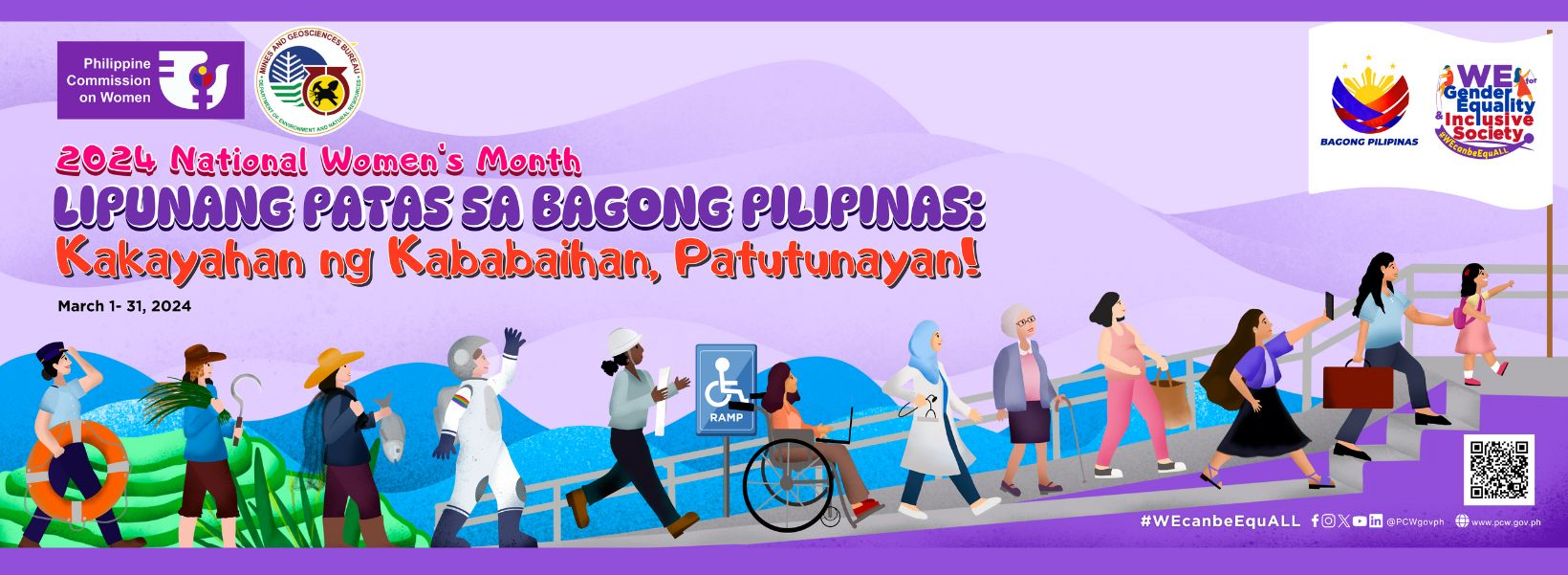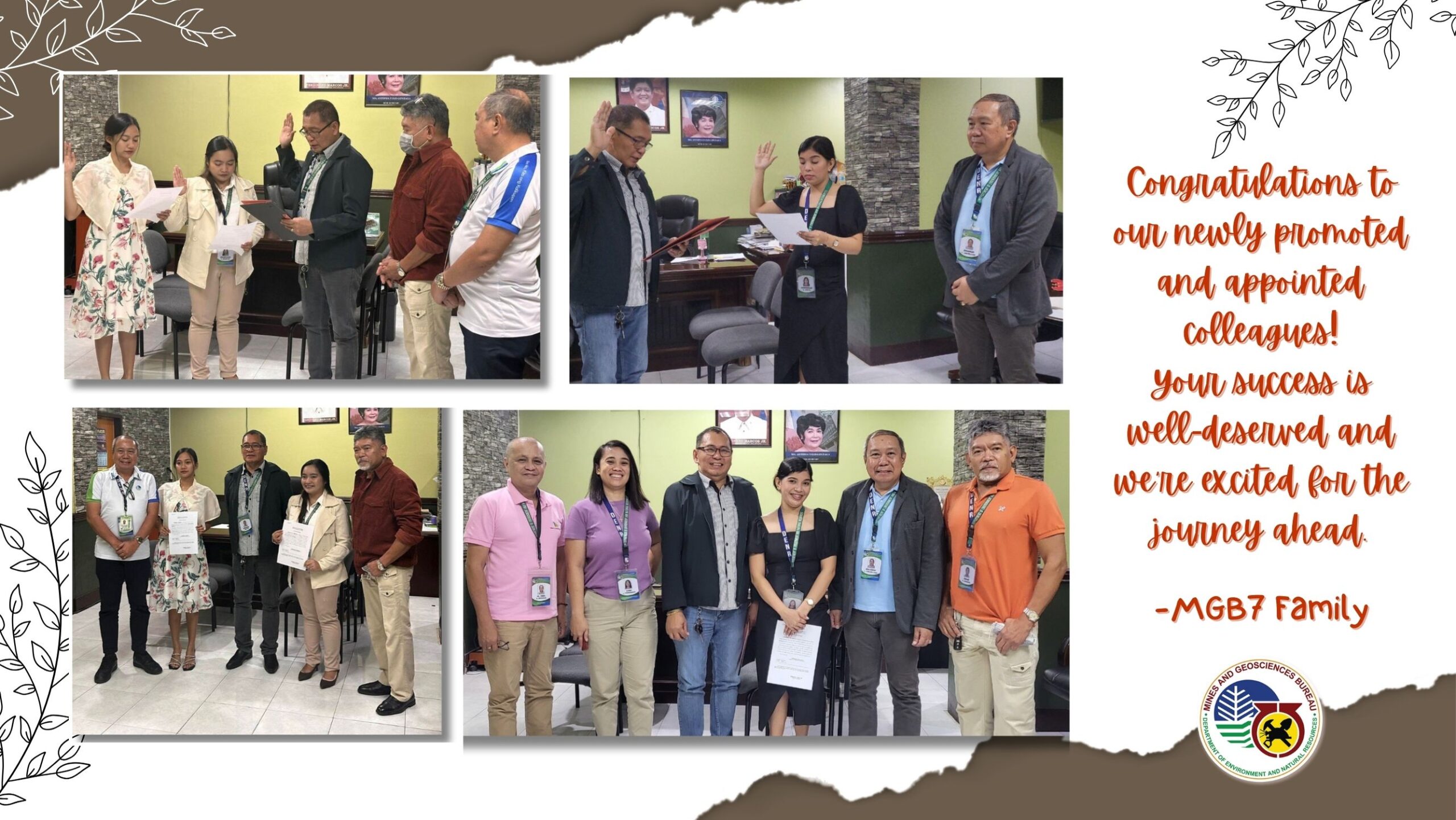The Department of Environment and Natural Resources (DENR) has reiterated its call to all local government units (LGUs) to stringently implement the “no habitation” rule in critical and permanent danger zones identified by the Mines and Geosciences Bureau (MGB) to mitigate the effects of flashfloods and landslides.
The magnitude of destruction following the onslaught of Typhoon “Pablo” should be a wake up situation for the LGUs to make a careful review and revisit the geohazard maps provided by the MGB, said MGB 7 Regional Director Loreto B. Alburo.
He said the MGB has distributed to LGUs, down to the 3,003 barangays in four provinces in Central Visayas geohazard maps with a scale of 1:50,000 and other information, education and communication (IEC) materials like posters and compact discs (CDs).
The said maps can also be viewed and downloaded free of charge on the websites of the DENR (www.denr.gov.ph), the MGB (www.mgb.gov.ph), the Philippine Information Agency (www.pia.gov.ph), and the Environmental Science for Social Change (www.essc.org.ph).
On the MGB geohazard maps, landslide-prone areas are marked red and flood-prone areas are marked purple.
For this year, the MGB 7 has completed the geohazards assessment and mapping which is supportive to the Philippine Development Plan (PDP), covering 12 municipalities and cities on a more detailed scale of 1:10,000.
Alburo said strong political will among our local chief executives to enforce on those areas that have been identified as critical zones should remain to be inhabited.
“We can’t take risks especially if we have already enough information pinpointing those dangerous areas and these should continue to be a “no man’s” rule,” he said.






